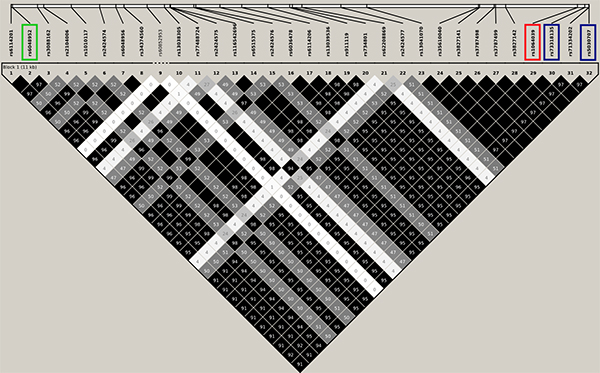There is an interesting paper out demonstrating that CST3 exerts a recessive effect on susceptibility to AMD. Cystatin C is a potent inhibitor of cysteine proteinases expressed by many tissues and in the eye, it is highly expressed by the retinal pigment epithelium (RPE). The team led by Luminita Paraoan recently reported data identifying a polymorphism in the cystatin C gene (CST3) that increases the risk of two major degenerative diseases, age-related macular degeneration (AMD) and Alzheimer’s disease. Both these multifactorial diseases involve the age-related accumulation of extracellular deposits, linked to dysregulation of protein homeostasis. Since the advent of the genome-wide association study (GWAS) many SNPs have been found to be associated with these two diseases. However the SNP in CST3, which translates into an amino acid change in the leader sequence of the precursor protein, is the first identified to increase the risk of developing both diseases. Moreover the authors demonstrate that the risk associated with the mutant allele follows the same recessive model for both diseases. Thus only those individuals with two copies of the mutant cystatin allele are at elevated risk of developing both diseases.
